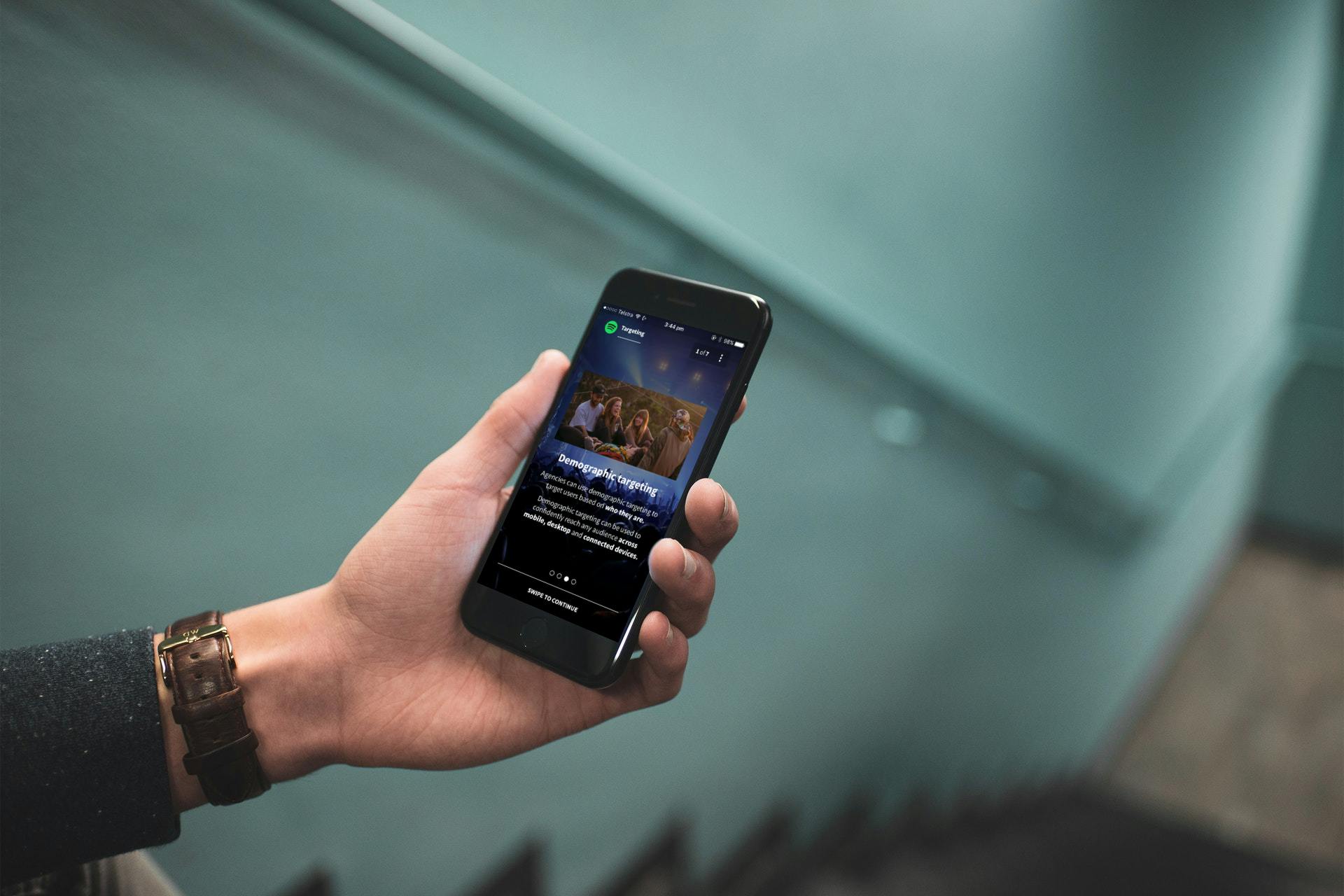The Top 7 Reasons Learning is More Approachable on Mobile


The next time you’re out in public take a look around you. How many people are looking at their phones or tablets? That number is probably pretty high. In a given day, 80% of people use a smart phone. With lower prices and greater accessibility, mobile devices are everywhere, and that prevalence is also in the world of corporate education.
So why is it that learning is more approachable and even easier on your mobile device than in a traditional scenario? From higher rates of retention and access to simply being more entertaining, the popularity of mobile LMS’s continues to grow. Let’s take a look at why this learning method is so popular and how it can benefit your company’s eLearning experience.
1. Accessibility
Whether you’d like to admit it or not, your phone is more than likely always on hand anywhere you go. Using the phone as and when you need can help prevent sitting down at the computer for long periods of time. In the workplace, this means avoiding dragging employees away from their jobs, to work in front of a screen. Instead, they have access to information directly in their pocket. This feature is especially beneficial for those who are constantly on the go, or who don’t have the time to spare for training from their busy schedules.
You quite literally have everything you need in the palm of your hand, so you don’t have to worry about interrupting you workflow by going out of office for a workshop, or planning your day around an educational meeting. Just whip your phone out and immediately start learning. Videos, lessons, and everything else needed can continuously be accessed – even when you’re on the go.

2. Time
Some people don’t have the time to set aside for learning, which is why using a mobile phone is perfect for working within this constraint. Employees who have a few extra minutes before a business meeting, or during the morning commute, can quickly learn some new, task-relevant information.
Furthermore, because these sessions are short, snappy and succinct, they have the added benefit of holding employees’ attention, causing them to retain more information than legacy elearning.
3. Engagement
Using your mobile device to learn is more entertaining and fast-paced. People prefer using their phone or tablet to complete work to going through the motions for hours on a computer. Desktop learning can be tedious and boring, and if a learner is bored, they won’t be fully concentrating on the content, and won’t be learning anything. Their time, and ultimately the company’s time, is wasted.
On the other hand, touch-screen devices provide modern, interactive, engaging lessons. Features such as sound, vibrations, notifications and the fast-paced feel of smartphones also heighten employees’ overall learning experience, making them more likely to engage with their courses, and retain information.
4. Higher Retention
Most material presented in mobile learning is simple and chunked so that you are more likely to remember the information. There is immense flexibility in these smaller learning portions, as it allows the learners to finish coursework and begin new segments in their own time. Students can check-in with themselves on the material they know, promoting more independence and self-accountability.
5. Cost Effective
Legacy eLearning tends to be time consuming and ineffective, wasting both employees’ time, and the company’s money. Instead of using a trainer to host seminars or workshops, mobile eLearning is a cost-effective way to teach the same information, not only due to the aformentioned more time-effective learning style it supports, and the increased engagement it generates, but also due to the fact that most mobile devices are more affordable than their larger system counterparts.
Furthermore, with more and more employees using their personal smartphone devices for work purposes, the need for providing access to computers would be eliminated. This change saves the organization extra fees, increasing efficiency and reducing time wasted in ineffective training.
6. Collaborative Learning
While legacy elearning can an isolating experience, the technology native to smartphones allows for quite the opposite in mobile elearning. For example, EdApp’s Star Bar allows learners to use their newly learned information to earn prizes. When claiming a prize, learners leave feedback, which can be viewed by other participants.
These public results encourage others to keep studying and establishes a community amongst learners. Working with others is more exciting than performing solo exercises, and the increased engagement also boosts your overall retention of information.

7. Ease of Revision
Sometimes, employees would like to brush up on some of their abilities or maybe would look to develop new skills to help them in their role. With legacy eLearning, this wasn’t easy – booking time at a computer, requesting a trainer, all of these things take time and energy, especially if it’s just to revisit old content.
With mobile eLearning, employees can easily review information presented to them, with a library of lessons available in their pockets, giving ambitious and conscientious employees the ability to become who they want to be via self-motivated learning.
Summary
Overall mobile learning offers a dynamic educational experience. With the variety of devices available, people can have instant access to digital information along with live updates of new content. Engaging activities such as games, interactive questions, and shared creations can create high levels of retention.
Mobile learning is quickly becoming the norm for eLearning, no matter the student’s age. It’s growing outside of the field of education and is frequently used for personal and business help too. It’s clear to see why companies are turning to mobile learning; the benefits are endless.
If you’d like to know more about how EdApp can help with your internal training practices, get in touch at enquiries@edapp.com. You can also try EdApp’s Mobile LMS and authoring tool for free by signing up here or in the box below. [wpipa id=”815″]
Curated course examples
Author
Guest Author Daniel Brown
Daniel Brown is a senior technical editor and writer that has worked in the education and technology sectors for two decades. Their background experience includes curriculum development and course book creation.
